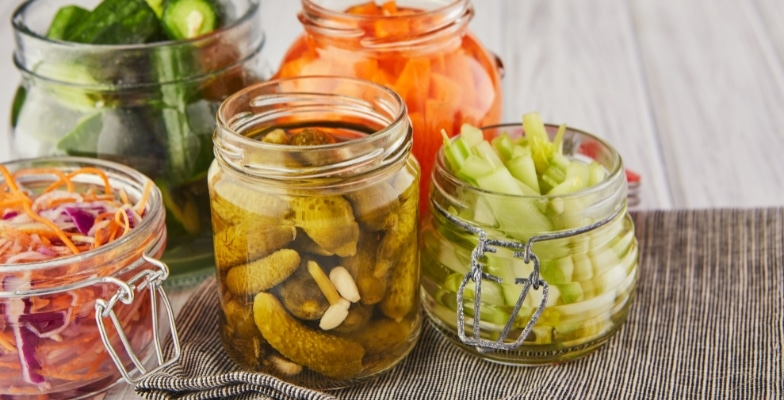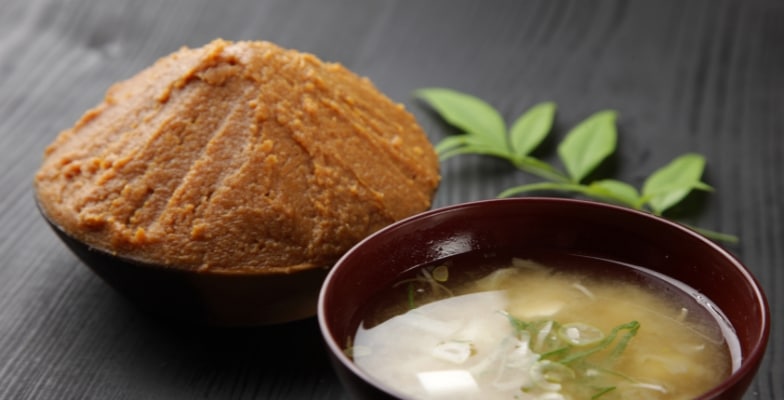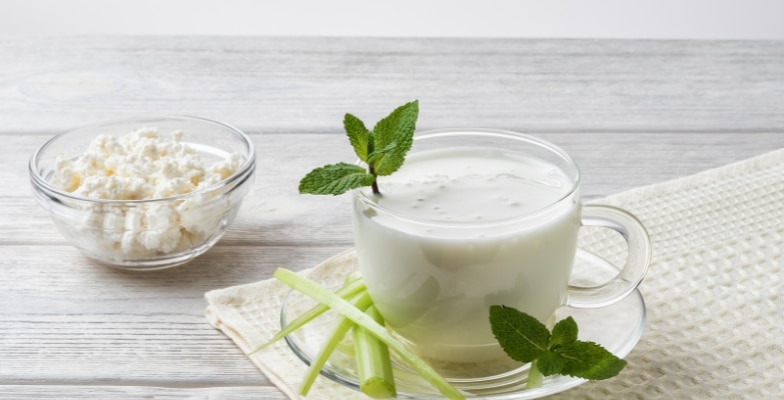How To Create The Perfect Meal Plan For Fat Loss (Sample Vegetarian Plan Given)
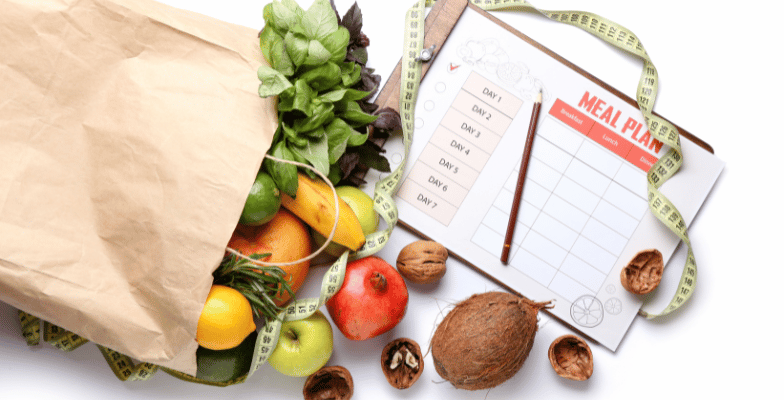
The perfect meal plan is based on 3 principles- Simplicity, Satisfaction and Science
Most experts talk about the science-y part of a meal plan, but in this article, let me also talk about the first two principles that are as important as the latter.
Simplicity
My dad (who is 60+) is healthy despite a few glitches here and there. He has been eating a simple meal plan since childhood. And so has millions of people like him who belong to his generation.
Back then, dieting and weight loss were not big industries. There were no diet foods, low carb, low fat, etc. Most of all, there weren’t many distractions back then.
They used to eat a simple diet of ‘dal roti’ (lentils and chapatis), as he puts it, exercise a bit and stayed healthy. So, in essence, it’s not really what you eat but what comes your way!
A trip to the supermarket says it all! All the food that you should not be buying is at eye level.

The most simple diet plan will consist mainly of plant food and a few other core ingredients that you can find easily at any grocery store. Some of the ingredients of a simple diet would be.
Vegetables
Spinach, Carrots, Cucumber, Tomatoes, Onions, Garlic and Ginger
Fruits
Oranges, Apples, Papaya, Coconuts
Carbs
Brown (& White) Rice, Sweet PotatoesPotatoes, Whole Wheat Bread, Roti
Protein
Milk, Eggs, Lentils, Chicken, Fish
Fats
Coconut Oil, Desi Ghee, Olive Oil, Nuts
Sustainability
I just cannot eat peanut butter. Period! No matter how many studies are quoted on its health benefits. I just cannot. Can you think of such a food item that you just cannot stand the sight of, and most health experts are going ga-ga over it?
Is it the avocado? Is it whole eggs?
Most of us treat losing weight as an event, and words like ‘dieting,’ ‘restrictive,’ ‘boring,’ and ‘bland’ come to mind. That’s the very reason why more than 90 percent of ‘dieters’ gain all the weight back once they are off their diets.
Because they force themselves to eat stuff that they don’t like (divided equally into six meals a day). I had done all this long enough to know that it was not sustainable.
Guys, there are way better strategies for losing weight than killing yourself by limiting yourself to boiled chicken and broccoli or just salads.
Sustainability doesn’t mean eating healthy foods 100 percent of the time. Instead, I recommend the 80/20 percent rule-where 80 percent of the time you are eating healthy and 20 percent of the time; you can indulge in food items like pizzas, ice creams, alcohol etc (but within limits).
I personally allow my FBX clients a luxury of around 100-200 calories from their favorite food items almost every day, depending upon how fast they want to reach their goals.
Science
No matter how simple your meal plan is or whether you are able to sustain it all your life, if you don’t eat less, then you can burn (i.e<TDEE) you will not lose weight. It’s the first law of thermodynamics.
The majority of people tend to underestimate the number of calories they eat. Why do they do that? Because they are not aware of the number of calories in the food items they are eating.
I know what you are thinking, Dude, but I don’t want to count calories. Well, fair enough. Then why don’t you start eating ‘mindfully’ and chew 32 times before you swallow your food?
Take at least 15 minutes or more to finish your meal so that your tummy signals your brain that you are full, which then tells you not to reach out for the second serving. Huh?
Counting calories (at least in the short term) is not that bad, to be honest, especially if you don’t have any time to waste and want to reach 10% body fat and look your best for the beach vacation you have planned a few months from now!
Once your meal is simple, and you have very limited ‘meal combos,’ you will realize that there are no more than 20 food items that form your ‘core ingredients.’
Counting calories is not rocket science and is certainly easier than counting cards in a casino.
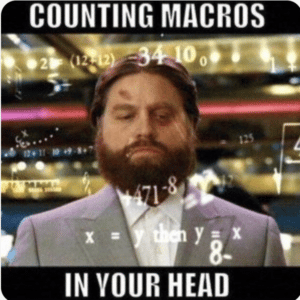
For starters, buy a food weigher, weigh everything before you eat it. Immediately google the caloric content, and use software like fitness pal or chronometer. Else just use pen and paper.
In my [0-20] program, I have done the hard work for you. I have made a list of around 30 food items that most of us eat and enlisted their caloric content along with their macro-nutrient profiles (carbs, protein, and fat content).
I have even gone further and provided the exact caloric content of various meal plans (including a lot of Indian food menus), both vegetarian and non-vegetarian so that you don’t need to spend a lot of time doing just that. You can check out the program here.
Sample Indian Vegetarian Diet Plan
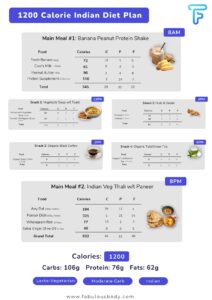
What do you think about these three principles? Let me know in the comments below!

Skill-Based Education.
Global Recognition.
Powerful Community Building
Secure a certificate of completion in as little as a day by graduating from one of our free courses.
Get Access to Our Free Courses. No Credit Card Required.

Fabulous Body Membership
Your All-Access Pass to A Fabulous Body & A Rewarding Career
25+ Certificate Courses & Programs, All Included
15 Day Free Trial, 100% Money-Back Guarantee
About Akash Sehrawat
Akash is a creator of 25+ programs and certificate courses in which more than 200,000 students have enrolled both on Udemy and Fabulous Body's native platform. Akash is also an author of three books that can be found on Amazon. His answers on Quora have gathered more than 12 million views in less than a year.








